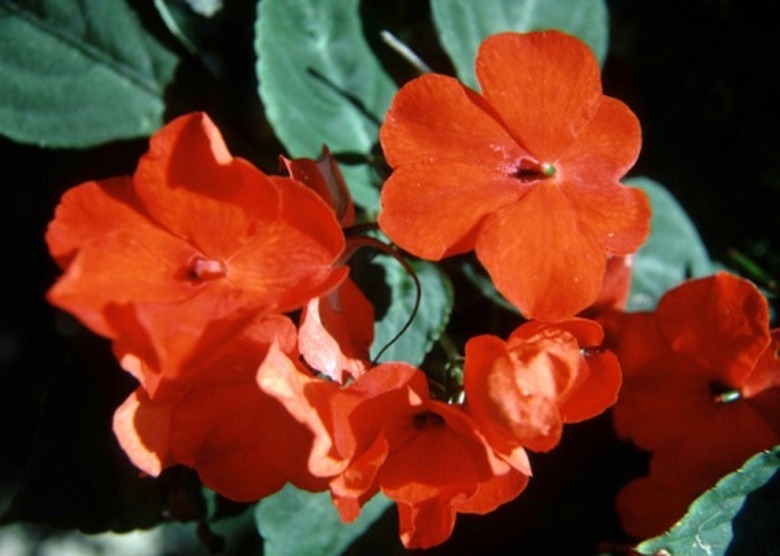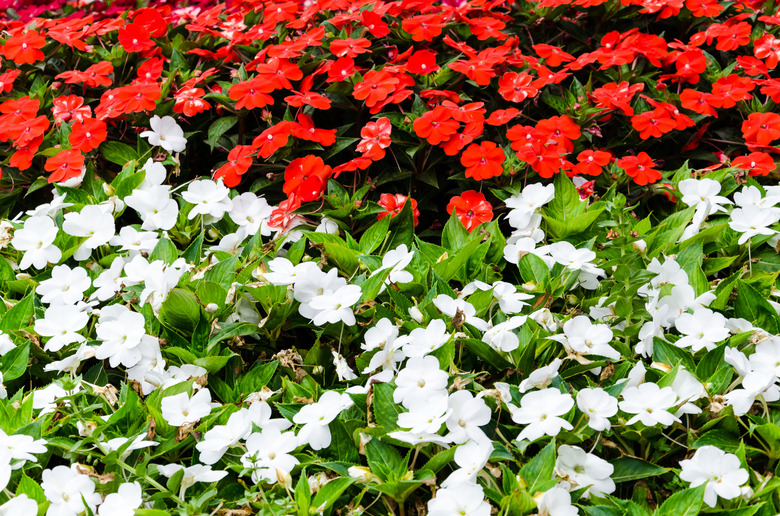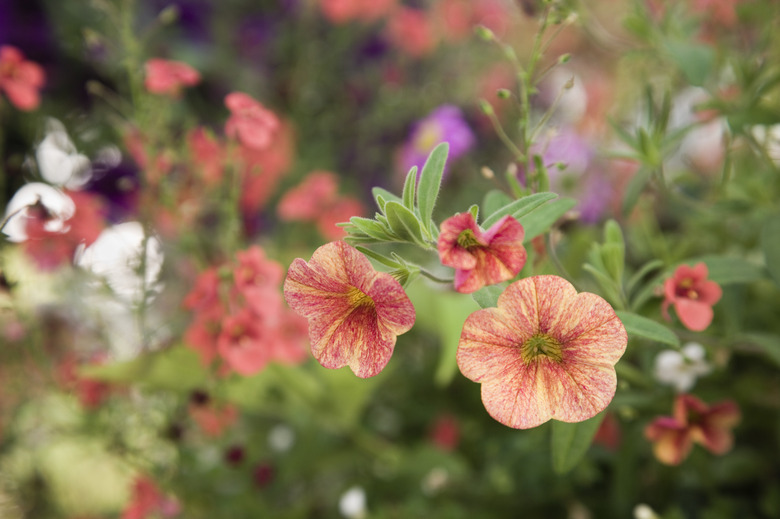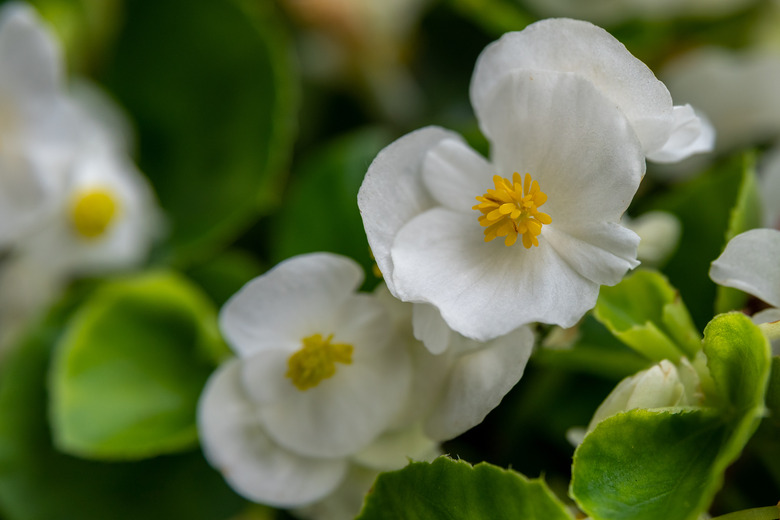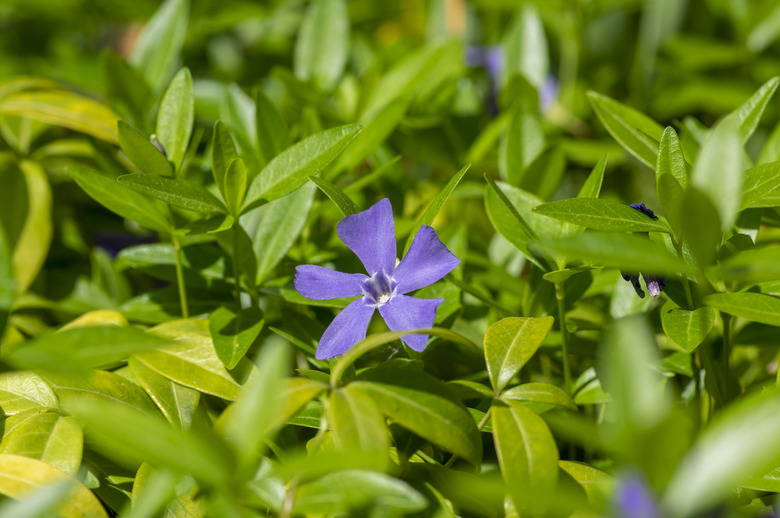Flowers That Look Like Impatiens
A handful of plants have flowers that look like impatiens flowers, although they may not share similar growing and care needs.
Sometimes called busy-lizzie, impatiens (Impatiens walleriana) are low-maintenance plants grown for their colorful, showy flowers. Although they are typically grown as annuals, impatiens also grow as perennials within USDA plant hardiness zones 10 and 11.
Impatiens bloom abundantly all summer long but perform best in shady areas, and most varieties will not tolerate sun. Fortunately, finding flowers that look similar to impatiens but like sun and heat is not challenging.
What Do Impatiens Look Like?
Impatiens flowers are small, tender tropical plants with a bushy, mounding growth habit that makes them ideal for use as bedding plants and container plants in window boxes or hanging baskets. They range in height from 6 to 24 inches, depending on the cultivar or type.
Impatiens flowers come in a variety of colors from pink to orange to white. Bicolor varieties of impatiens also exist.
Tip
Busy-lizzie plants are the most commonly grown impatiens, but others include New Guinea impatiens (Impatiens hawkeri, zones 10 to 12) and garden balsam (Impatiens balsamina, zones 2 to 11), which also goes by the common name touch-me-not.
Growing impatiens is easy because they are relatively low-maintenance plants as long as they are grown under the right conditions.
Impatiens Growing Conditions
- Impatiens grow best in **full shade or partial sun,** because prolonged full sun exposure can cause them to wilt. However, some direct morning sun is needed to enhance blooming and to keep the plants from becoming leggy.
- Impatiens need **moist, well-drained soil.** Potting mix with perlite is the best choice when using these plants in container gardening. In the garden, choose a garden bed with good drainage and amend the soil with organic matter and slow-release fertilizer to support blooming. After planting, spread mulch between the plants to keep the soil moist.
Impatiens Flower Lookalikes
Impatiens flowers are typically 1 to 2 1/4 inches wide with five flat petals. They are simple in form yet highly colorful and abundant on the plant.
Several plant species share a similar appearance but will perform better under warm, sunny conditions, while other impatiens lookalikes prefer dappled shade.
Violets and Pansy Varieties
Violets and pansies produce flowers that resemble impatiens flowers. However, there are differences between the species that must be taken into account.
- Violet flowers (Viola sororia) resemble impatiens but the flowers are much smaller and tend to come only in shades of purple. They grow best in USDA zones 3 to 7, making them better suited to cool climates than impatiens flowers. Like impatiens, these delicate flowers grow best in partial shade.
- Pansies (Viola x wittrockiana) grow best in USDA zones 6 to 10, where they are a common addition to flower beds. Their five-petaled flowers are typically 1 to 3 inches across, making them similar to impatiens flowers in size and appearance. Pansies come in a range of colors and patterns, including bicolor and tricolor cultivars.
- Heart's ease or Johnny-jump-ups (Viola tricolor) share the same five-petaled flower structure as impatiens and other members of the genus Viola. These delicate flowering plants grow within USDA zones 2 to 9, where they will reseed freely to create a groundcover-like mat.
Petunia Flowers and Hybrids
Not all petunia (Petunia spp.) varieties make a good lookalike substitute for impatiens flowers. But small-flowered petunia varieties such as multiflora and milliflora petunias offer a similar appearance, and they will tolerate full sun during the growing season without wilting.
Petunias are typically grown as annual flowers but will survive outdoors as tender perennials within USDA hardiness zones 9 and 10.
- Multiflora petunias (Petunia x hybrida multiflora, zones 9 to 10) such as Celebrity (Petunia x hybrida multiflora 'Celebrity') and Carpet (Petunia x hybrida multiflora 'Carpet') are both good choices, because they produce small, colorful flowers on a relatively compact form.
- Milliflora petunias (Petunia x hybrida milliflora) produce masses of small, 1 to 1 1/2-inch flowers that give an overall visual impression similar to impatiens flowers. They grow best in USDA zones 9 and 10, where they are used in hanging baskets or containers.
Wax Begonia Flowers
Wax begonias (Semperflorens x semperflorens-cultorum) have pansy-like flowers similar to impatiens, as well as succulent stems and leaves. The foliage differs from impatiens plants, but it is eye-catching because it sometimes has a bronzy tint when seen in sunlight.
Like impatiens, wax begonias grow best in shaded conditions, because full sun can stress the plant, causing it to lose flowers and foliage. These easygoing plants can be grown as indoor plants or in a shade garden outdoors within USDA plant hardiness zones 9 to 11.
Vinca, or Common Periwinkle
Vinca (Vinca minor) also makes a suitable substitute for impatiens flowers for outdoor spaces. It grows best in USDA plant hardiness zones 4 to 9, where it is typically grown as a groundcover. Vinca's purple, star-shaped flowers are not a perfect match for impatiens, but the overall impression is similar, with attractive foliage spangled with brightly colored blooms.
Tip
Vinca are vigorous growers that can become invasive, so it is best to grow them under controlled conditions with a root barrier in place.
References
- Missouri Botanical Garden: Impatiens Walleriana
- Clemson Cooperative Extension: Pansies, Violas and Panolas—Oh My!
- Cornell University Home Gardening: Begonias
- North Carolina State University Cooperative Extension: Begonia Semperflorens-Cultorum
- North Carolina State University Cooperative Extension: Viola Sororia
- North Carolina State University Cooperative Extension: Viola Tricolor
- North Carolina State University Cooperative Extension: Viola x Wittrockiana
- Iowa State University Extension: Growing Petunias
- North Carolina State University Cooperative Extension: Vinca Minor
